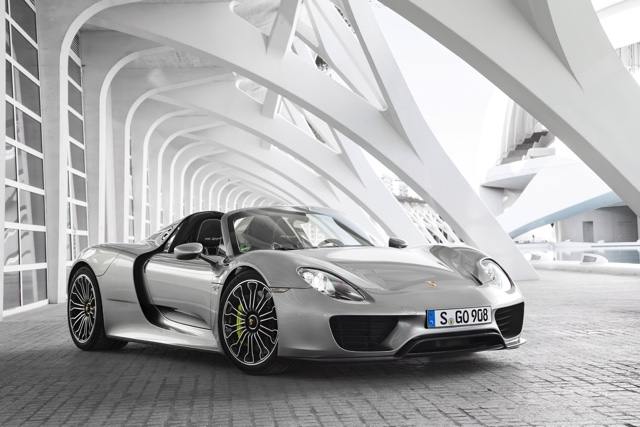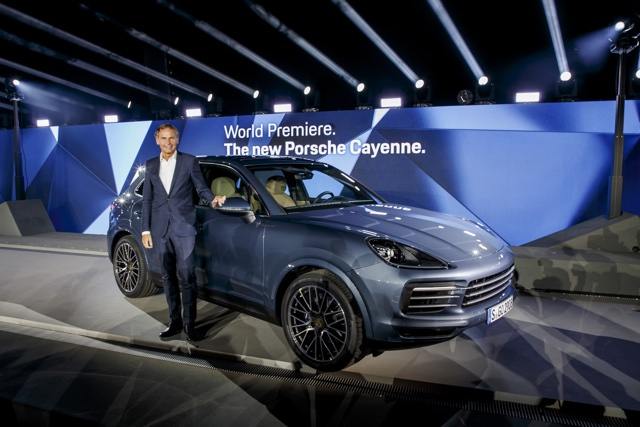Search the Community
Showing results for tags 'porsche '.
-
Porsche Reports August 2017 Sales of 4,709 Units Year-to-date retail sales up 1.1 percent ATLANTA, Sept. 1, 2017 /PRNewswire/ -- Porsche Cars North America, Inc. (PCNA), importer and distributor in the United States of the Porsche 911, 718 Boxster and Cayman, Panamera, Cayenne, and Macan...
- 1 reply
-
- august 2017
- porsche
-
(and 1 more)
Tagged with:
-
With Porsche building out a lineup of hybrid vehicles, there will be a small minority of people who will ask whether or not there will a manual transmission available. For that small group, we have some bad news. Speaking with Road and Track, Dr. Gernot Döllner who is the VP on the Panamera and...
- 1 reply
-
- hybrid
- manual transmission
-
(and 2 more)
Tagged with:
-
- 1 comment
-
- hybrid
- manual transmission
-
(and 2 more)
Tagged with:
-
Whether Porsche purists want to admit it or not, the Cayenne is an important model. For a time, it was Porsche's best selling model - the Macan holds that title now. The model also generates a fair amount of profit for the company. With new and redesigned competitors arriving, Porsche decided it was...
- 4 replies
-
- 2017 frankfurt motor show
- cayenne
-
(and 3 more)
Tagged with:
-
Whether Porsche purists want to admit it or not, the Cayenne is an important model. For a time, it was Porsche's best selling model - the Macan holds that title now. The model also generates a fair amount of profit for the company. With new and redesigned competitors arriving, Porsche decided it was...
- 4 comments
-
- 2017 frankfurt motor show
- cayenne
-
(and 3 more)
Tagged with:



